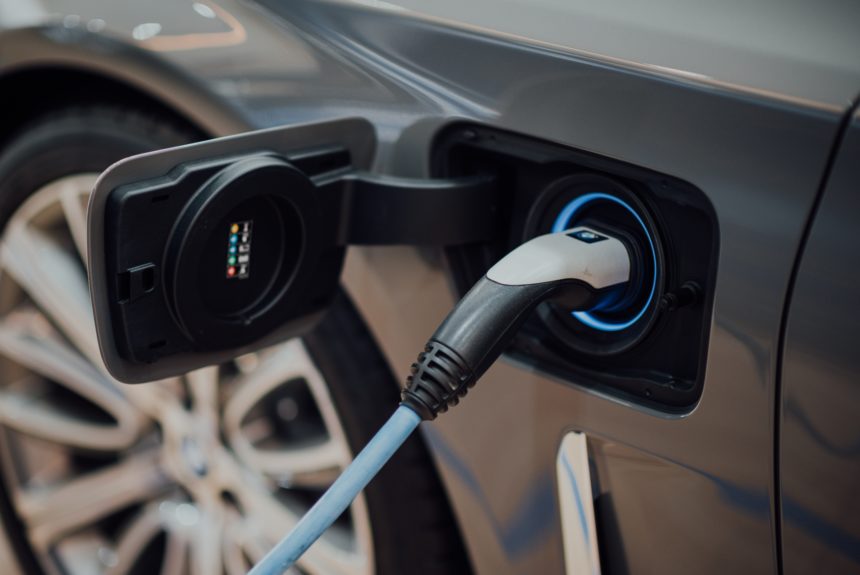Every day innovative breakthroughs are discovered that can better our planet and the lives of the people living in it. From technology that makes disaster response more effective to solutions that pull carbon emissions directly from the atmosphere, there are plenty of reasons to be optimistic about the power of innovation. A recent discovery in graphene from Lyten, a super materials company, is bringing even more cause for celebration.
>>>READ: Andes Offers Farmers a Way to Increase Yields, Reduce Emissions
Lyten has built a form of graphene that they believe has the power to “disrupt, transform, and enhance nearly every industry on Earth.” The company calls it Lyten 3D Graphene, and its possible applications are astounding.
“Graphene is a one-atom-thick layer of carbon atoms arranged in a hexagonal lattice,” explains Graphene-Info, a site dedicated to highlighting the material. “Graphene is the thinnest material known to man at one atom thick, and also incredibly strong – about 200 times stronger than steel. On top of that, graphene is an excellent conductor of heat and electricity and has interesting light absorption abilities. It is truly a material that could change the world, with unlimited potential for integration in almost any industry.”
Graphene is already a material that offers amazing things for the world of environmental innovation, like building better batteries and more efficient solar panels. However, the material currently has its limitations, like scalability and price, but graphene is uniquely suited to help create better electric vehicles, green buildings, and more. The material has wide applications for developing environmental solutions and technology, that make investing in Graphene worthwhile.
Lyten’s 3D Graphene is addressing the limitations traditional graphene faces. The benefits of Lyten 3D Graphene start in production with the capture of greenhouse gasses. These captured gasses are divided into solid carbon and hydrogen gas. The hydrogen gas is converted into a clean fuel while the carbon is permanently captured and used to build the 3D Graphene. Traditional graphene is made from graphite (commonly used in pencils) by either mechanical exfoliation or chemical procedures. Lyten’s process is an improvement in that it captures the initial source material from the air while creating a valuable clean fuel, helping address graphene’s production costs.
Converting captured carbon into a building material while simultaneously developing a clean fuel is an impressive feat on its own, but Lyten goes further. Lyten 3D Graphene is tunable, which means the material can be tweaked at an atomic level to bond with different elements on the periodic table, making its applications essentially limitless. Lyten’s product is not just normal graphene: It is graphene where the electrical properties, strength and stiffness, and even the weight can be constantly adjusted to adapt to different project needs.
“Because it is infinitely tunable, Lyten 3D Graphene can be functionalized to deliver exactly what’s needed for specified physical applications, enabling them to be lighter, stronger, and more sustainable,” the company explains. “This makes clean transformation for even the hardest-to-abate industries possible, practical, and economical. The first applications we are tuning for commercial use are electrification, lightweight, and sensing. Future possibilities are limitless.”
>>>READ: Can this Green Aviation Startup Deliver Truly Clean Flying?
Lyten 3D Graphene has the potential to build a future with net zero carbon emissions. The material’s production is already a source of carbon capture. But 3D Graphene is being put to work building and improving upon the technologies that will actively reduce carbon emissions.
One example is in the way Lyten is using 3D Graphene to innovate a new era of electric vehicle (EV) batteries. “We are now targeting a battery that has greater than twice the energy density of lithium-ion and will be more than 40% lighter weight,” Keith Norman, chief sustainability officer at Lyten, recently explained. Consumers are frequently deterred from purchasing EVs by concerns about battery performance; better batteries could encourage more E.V. purchases, thereby reducing carbon emissions from transportation.
Lyten’s graphene also promises higher performance in powering satellites and aircraft. This year the company is expecting to supply lithium-sulfur batteries, which offer higher energy density and reduced weight and resistance to thermal runway, to the Department of Defense’s Defense Innovation Unit. Lyten is also working with Honeywell to use its 3D Graphene to better the commercial fleet of airplanes, drones, and helicopters.
The development of Lyten 3D Graphene has opened doors for innovation in the worlds of transportation, aviation, and beyond. Lyten isn’t just absorbing carbon and creating hydrogen fuel while they build a new supermaterial—they are changing the future of environmental innovation.
Kelvey Vander Hart is a native Iowan, a member of the American Conservation Coalition, and a communications specialist at Reason Foundation.
The views and opinions expressed are those of the author’s and do not necessarily reflect the official policy or position of C3.
